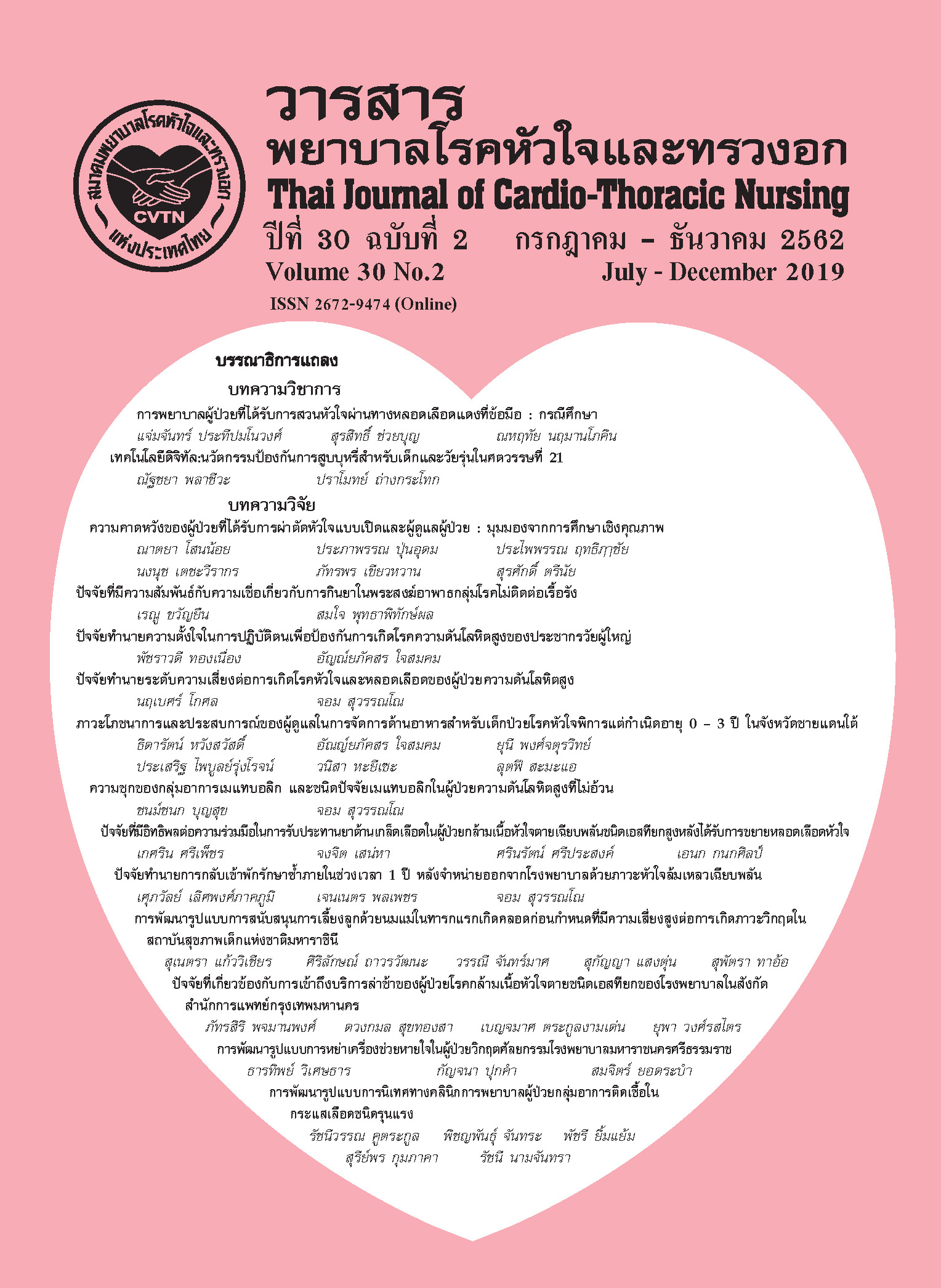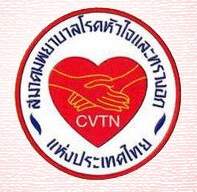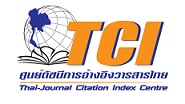The development of ventilator weaning model in critically ill surgical patients in Maharaj Nakhon Si Thammarat Hospital
Keywords:
ventilator weaning model, critically ill surgical patients, evidence-based practice, abc2d2e2f bundleAbstract
This research and development aimed to develop the ventilator weaningmodeland to study the effectiveness of using the model in critically ill surgical patients in Maharaj Nakhon Si Thammarat Hospital. The development of this model was based on the Conduct and Utilization of Research in Nursing: CURN evidence-based framework. There were three sample groups including 1) 18 pro-fessional nurses 2) 70 critical ill surgical patients and, 3) 72 caregivers. The research instruments were 1) a recorded form of personal data and illness data 2) evaluation form of knowledge related to ventilator weaning 3) evaluation form of nurses ‘opinions 4) evaluation for weaning performance of nurses 5) evaluation form of caregivers’ satisfaction, and 6) a manual of ventilator weaning practice called “ABC2D2E2F bundle “developed from evidence-based practice.
The result showed that the ventilator weaning model developed in this study focused on enhancing nursing competencies in the weaning process, utilizing a manual for weaning from ven-tilator, and having more family participation. The outcomes after using this model consisted of 3 aspects. First, the process outcome, after getting a training session, the nurses gained a significantly higher knowledge in the weaning (p=.05). Moreover, the nurses expressed their opinions that the ventilator weaning model was appropriate for utilization at a high level, and more than 80% of them complied with this weaning model. For a clinical outcome, achievement of ventilator weaning was 92.86%. in the group of simple weaning with 52.86%. The average duration of ventilator weaning was 4 days. The organizational outcomes showed that the average length of stay in the intensive care unit was 9.61 days, and 43.05% of the caregivers were satisfied with the care in the intensive care unit.
This study suggests that ventilator weaning model using the “ABC2D2E2F bundle” for practice could increase the care process, clinical, and organizational outcomes, Critical care nurses play a crucial role in collaboration between health team and family. This ventilator weaning model should be used at other critical care in order using an evidence-based practice as a guideline and to improve quality of patients care.
References
Metacalf AY, Stoller JK, Fry TD, Habermann M. Patterns and factors associated with respiratory care protocol use. Respir Care. 2015; 60(5):636-43.
Girard TD, Alhazzani W, Kress JP, Ouellette DR, Schmidt GA, Truwit JD, et al. An Official American Thoracic Society/American College of Chest Physicians Clinical Practice Guideline: Liberation from mechanical ventilation in critically ill adults. Am J Respir Crit Care Med. 2017;195: 120-33.
Ouellette DR, Patel S, Girard TD, Morris PE, Schmidt GA, Truwit JD, et al. Liberation from mechanical ventilation: An official American College of Chest Physicians/American Thoracic Society clinical practice guideline. Chest. 2017;151:166–80.
Pukkham K, Khuwatsamrit K, Wisettharn T. Evaluating the feasibility and clinical outcome for assessment prevention and management of acute delirium in a surgical intensive care Unit. Thai Journal of Nursing and Midwifery Practice. 2019; (6)1:68-86.(in Thai).
Boles JM, Bion J, Connors A, Herridge M, Marsh B, Melot C, et al. Weaning from mechanical ventilation. Euro Respir J. 2007; 29:1033–56.
Darayon R. Experience of patients encountering difficulty weaning from mechanical ventilation. [Master Thesis of Nursing Science]. Songkla: Prince of Songkla University; 2007. (in Thai).
Rose L. Strategies for weaning from mechanical ventilation: a state of the art review. Intensive Crit Care Nurs. 2015; 31:189-95.
Ambrosino N, Vitacca M. The patient needing prolonged mechanical ventilation: a narrative review. Multidiscip. Respir. Med. 2018; 6: 1-13.
Information center. Surgical critical care statistics of Maharaj Nakhon Si Thammarat Hospital. Nakhon Si Thammarat: Maharaj Nakhon Si Thammarat Hospital; 2016. (in Thai)
Balas MC, Vasilevskis EE, Burke WJ, et al: Critical care nurses ‘role in implementing the “ABCDE Bundle” into practice. Crit Care Nurse. 2012; 35:40–7.
Burns SM, Fisher C, Tribble SS, Lewis R, Merrel P, Conaway MR, et al. Multifactor clinical score and outcome of mechanical ventilation weaning trials: Burns wean assessment program. Am J Crit Care. 2010; 19: 431-39.
Balas MC, Devlin JW, Verceles AC, Morris P, Ely EW. Adapting the ABCDEF bundle to meet the needs of patients requiring prolonged mechanical ventilation in the long-term acute care hospital setting: historical perspectives and practical implications. Semin Respir Crit Care Med. 2016; 1:119–35.
Campbell MR, Fisher J, Anderson L, Kreppel E. Implementation of early exercise and progressive mobility: steps to success. Crit Care Nurse. 2015; 35: 82-88.
Morandi A, Myatra SN, Azoulay E, Fagoni N, Inoue S, Kotfis K, et al. Worldwide survey of the “assessing pain, both spontaneous awakening and breathing trials, choice of drugs, delirium monitoring/management, early exercise/mobility and family empowerment”(ABCDEF) Bundle. Crit Care Med. 2017; 11:1111-21.
Balas MC, Vasilevski EE, Olsen KM, Schmid KK, Shostrom V, Cohen MZ. Effectiveness and safety of the awakening and breathing coordination, delirium monitoring/management, and early exercise/mobility bundle. Crit Care Med. 2014; 42:1024-36.
Horslry JA, Cane J, Crabtree MK, Woos DJ. Using research to improve nursing practice: A guide (CURN project). Orlando FL: Society. Bangkok: Bangkok Worasarn Press; 2015.
Bansuparp R. Development of clinical practice guideline for traumatic wound management in the emergency room, Lee Hospital, Lamphun Province. [Master of Nursing Science ; Adult Nursing]. Chiang Mai: Chiang Mai University. 2551. (in Thai).
Girard TD, Kress JP, Fuchs BD, Thomason JW, Schweickert WD, Pun BT, et al. Efficacy and safety of a paired sedation and ventilator weaning protocol for mechanically ventilated patients in intensive care (Awakening and Breathing Controlled trial): a randomized controlled trial. Lancet. 2008; 371(9607):126–34.
Phanwan S, Thinhuatoey B, Panchuea C. Effects of a Weaning Protocol Implementation on Nurses’ Knowledge and Satisfaction and Ventilator days in Critically Ill Patients at ICU, Suratthani Hospital. Reg 11 Medical Journal. 2014; 28:829- 38. (in Thai).
Khawaraphruek S, Harnirattisai T, Thanasilp S. The effects of a family participation in caring program on intubated patient’s suffering and their family’s anxiety and satisfaction. Nursing Journal. 2014; 41:96-108. (in Thai).
Pu L, Zhu B, Jiang L, Du B, Zhu X, Li A, et al. Weaning critically ill patients from mechanical ventilation: A prospective cohort study. J Crit care. 2015;30: 862.e7-862.e13.
Koonsri S, Kasiphol T, Wattradul D, Namjuntra R. Effects of weaning ventilator protocol and family support on success and duration of weaning in patients with respiratory failure. Thai Journal of Cardio-Thoracic Nursing. 2015; 26(1):73-88. (in Thai).
Downloads
Published
How to Cite
Issue
Section
License
บทความนี้ยังไม่เคยตีพิมพ์หรืออยู่ในระหว่างส่งไปตีพิมพ์ในวารสารอื่น ๆ มาก่อน และกองบรรณาธิการขอสงวนสิทธิ์ในการตรวจทาน และแก้ไขต้นฉบับตามเกณฑ์ของวารสาร ในกรณีที่เรื่องของท่านได้ได้รับการตีพิมพ์ในวารสารฉบับนี้ถือว่าเป็น ลิขสิทธิ์ของวารสารพยาบาลโรคหัวใจและทรวงอก





